-
×
-
×
-
×
-
×
-
×
-
×
Subtotal: £302.90


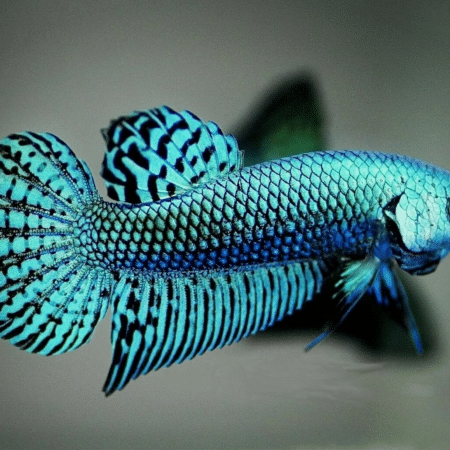




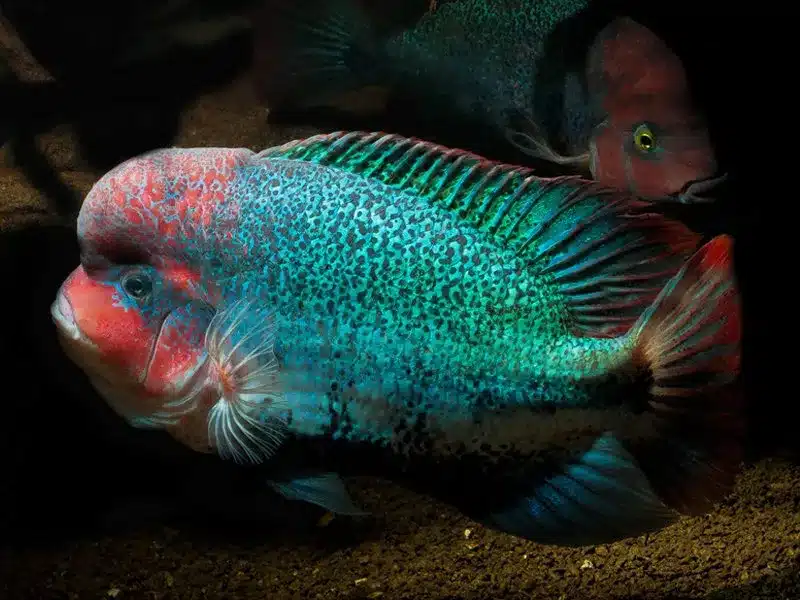

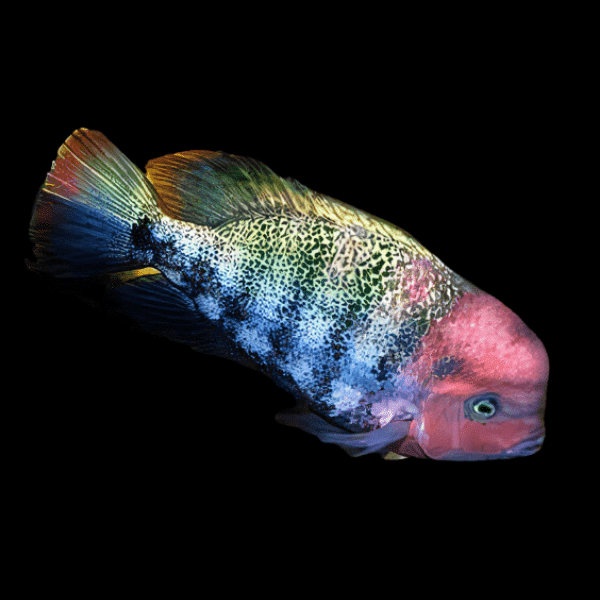
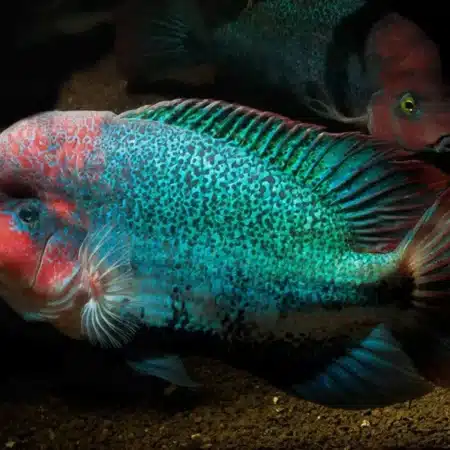
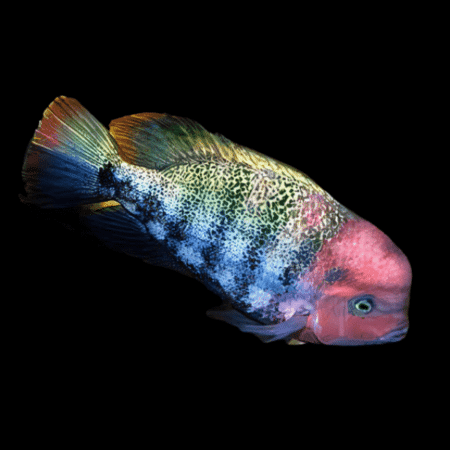
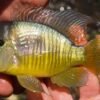












Emily Carter (verified owner) –
I can’t say enough good things about the Cichlasoma Paratheraps Fenestrata, aka the Vieja Window Cichlid! I added one of these vibrant beauties to my 55-gallon tank about two months ago, and it has completely transformed the atmosphere. The moment I introduced it, its colors – a lovely mix of deep blues and greens – lit up my aquarium.
As a caring fish parent, I prioritize fish health above all, and I was thrilled to see how active and hardy this cichlid is. It quickly found its place among my other aquarium cichlids, showcasing a playful and curious nature. I’ve noticed it exploring the tank with such enthusiasm, often darting around and even displaying interesting behaviors during feeding times.
Compared to other cichlids I’ve kept, the Vieja Window Cichlid has been much easier to care for, adapting well to my tank conditions. The only minor concern is that this species can be territorial, so it’s essential to provide plenty of hiding spots.
I highly recommend this fish for anyone looking to add a splash of color and personality to their aquarium. Whether you’re a beginner or an experienced hobbyist, this cichlid is truly a joy to watch and will bring life to your setup!
Emily Carter (verified owner) –
I recently added the Cichlasoma Paratheraps Fenestrata, also known as the Vieja Window Cichlid, to my 55-gallon community tank, and I couldn’t be happier! These fish are incredibly vibrant, showcasing a stunning array of colors that truly light up the aquarium. After about two months of keeping them, I’ve noticed they’ve not only settled in well but also become quite active and social. They interact beautifully with the aquarium plants I’ve included, which adds to the overall beauty of the setup.
I’ve kept various tropical fish over the years, but these cichlids stand out in their hardiness and personality. They’re perfect for beginners like me who are looking for a low-maintenance yet stunning South American cichlid option. One minor concern was their initial shyness, but with time, they’ve really come out of their shells!
If you’re considering these fish, I recommend ensuring your tank has plenty of hiding spots and plants for them to explore. Overall, I would definitely buy again and highly recommend them to anyone looking to enhance their aquarium with something truly special.